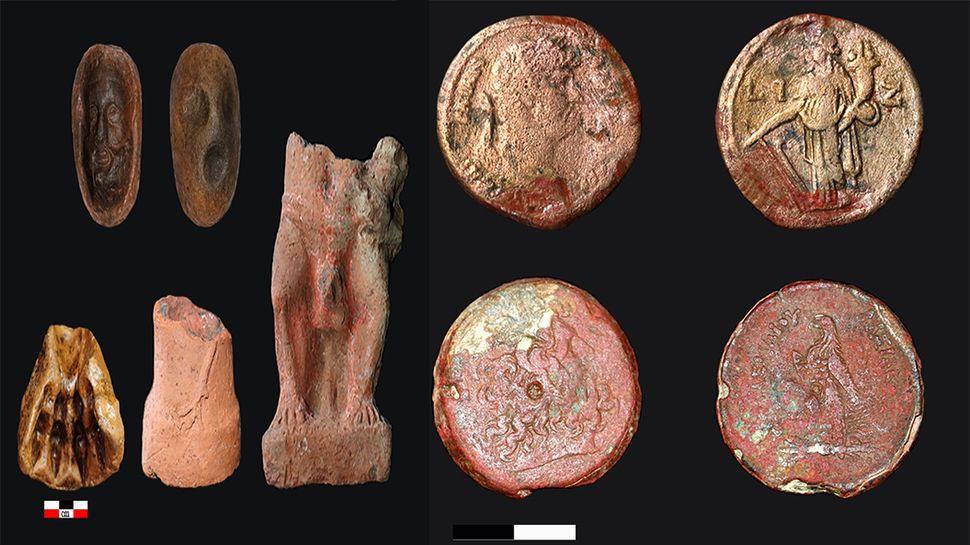An apparent record-breaking ancient astronomy “observatory,” complete with a sundial, was uncovered recently during a temple dig in the old capital of lower Egypt.
The mud-brick temple building was found in a larger complex known now as the Temple of Buto, but which was named after Wadjet during the sixth century BCE, from which it dates. (Buto is a later Greek name for the ancient Egyptian Wadjet, according to the Wiley Online Library, and “Wadjet” has various spelling variations in English.)
The building sprawls over a quarter of an acre (850 square meters), making it the first — and largest — observatory building of the sixth century BCE, according to investigators. It was used to “observe and record astronomical observations and the movement of the sun and stars,” according to Egypt’s Ministry of Tourism and Antiquities (translation from Arabic provided by Google.)
Temple astronomers of that era performed their work at an unstable time, during the transition to the late phase of Egyptian pharaonic power in which many foreign rulers took the throne. The newly found observatory is part of a larger dig in modern-day Tell el-Faraeen, roughly 50 miles (80 kilometers) east of Alexandria.
As the archaeology work progresses, the investigators said they expect to learn how the ancient Egyptians performed astronomy, using tools slowly being analyzed as they are uncovered.
A notable newfound tool was a “sloping stone sundial” that measured time by the movements of the sun. The temple building itself faced east, the direction from which the sun rises.

Inside the building, the team found construction features that also suggested alignments with the sun. Three stone blocks on the ground, for example, were used to “take measurements of the sun’s location.”
Another set of five flat limestone blocks mounted on long (16-foot, or 4.8 m) slabs had inclined lines “used to measure the inclinations of the sun and shadow, and to monitor the movement of the sun during daylight hours,” the ministry wrote.
Also found was a possible observatory tower built of stone, a stone platform in a large hall with inscriptions of sunrises and sunsets, and miscellaneous inscription measurements “indicating time and astronomy,” the statement said.
The hall was also festooned with images of deities linked with the sky. For example, Horus (as a falcon) typically has a right eye symbolizing either the sun or the “morning star” Venus, while his left eye symbolizes the moon or “evening star” (also Venus, in its setting phase), according to Britannica.
Horus is the son of Wadjet, the protector goddess of Lower Egypt after whom the temple is named, according to Britannica. Sometimes Wadjet and the deity Nekhbet, who represents Upper Egypt, are represented as an ensemble on the pharaonic jeweled crown or diadem, symbolizing how the pharaoh united both Upper and Lower Egypt.
Wadjet/Buto is well-attested in history, including mentions in works by Herodotus. Herodotus was a fifth-century chronicler of events known today as one of the first historians. (Herodotus has complex origins, having been born in Anatolia under the Persian Empire, but then probably living in Athens and becoming a citizen of Thurii, an Athenian colony located in modern-day Italy.)
Smaller finds on the temple site include a beaded necklace known as a Menat, tablets with offerings, amphorae covers and pottery believed to be used for both temple rituals and the needs of everyday life. The current phase of ministry digs in the area in and around the Buto complex date back to at least 2018, according to news reports.